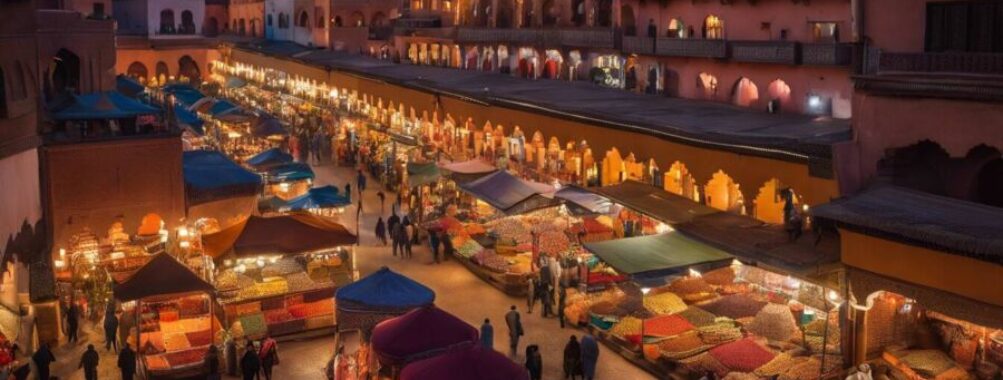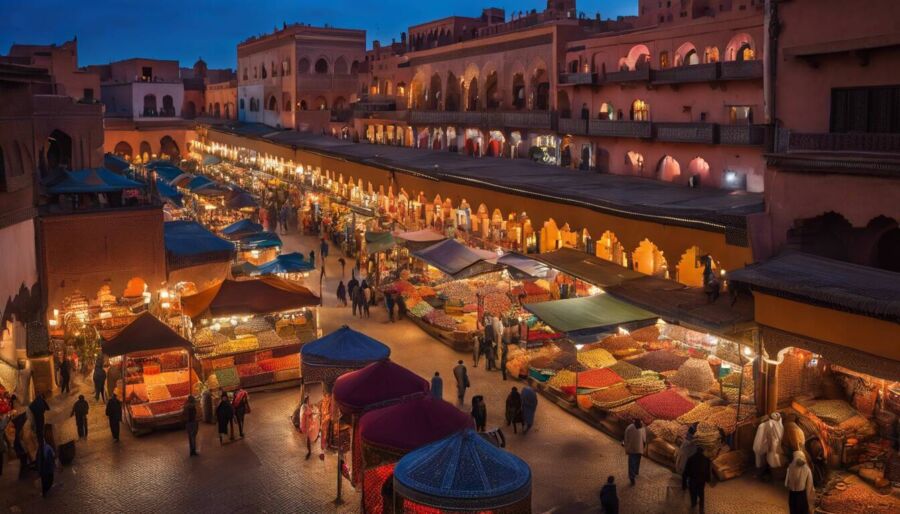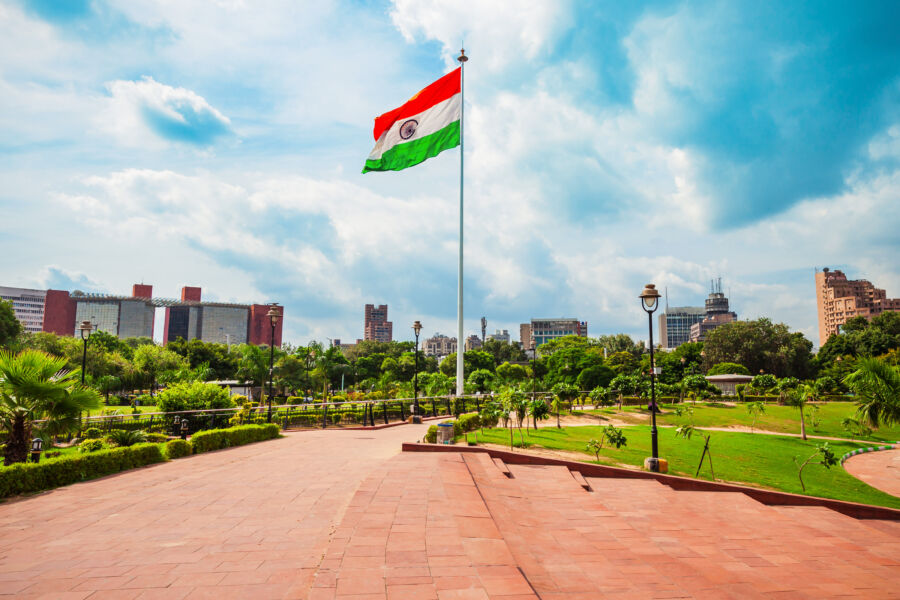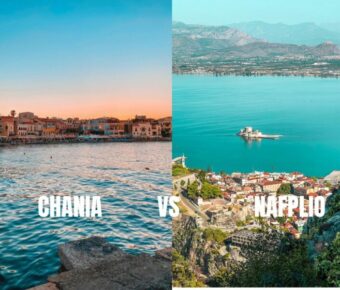
Explore Cultural Travel Spots: Immersive Experiences and Hidden Gems
Cultural travel involves sightseeing and immersing oneself in another culture’s customs, rituals, and everyday habits. Think of the wooden townhouses in Kyoto, Japan, or the bustling artisan scene in Fez, Morocco: these are places where old traditions continue as a part of daily lifestyle.
But more such treasures are scattered across our planet – like Luang Prabang in Laos, known for its rich Buddhist influence, or Valletta in Malta, humming with architectural and historical charm. On your quest for cultural immersion, you’d be surprised how much the world has to share. With your bags packed and your mind open, let’s explore these locales further.
Our website recommends the Antioquia Department in Colombia for its vibrant cultural scene, picturesque small towns, and coffee farming heritage. Another highlighted destination is Cuba, offering unique cultural experiences such as Mambo music, classic cars, and staying at casas particulares (private homes).

Table of Contents
- Most Sought-After Cultural Travel Spots
- Countries Providing the Best Cultural Immersion
- Ancient Monuments: A Glimpse of History
- Tasting Local Delicacies: A Gastronomic Adventure
- Walking the Unbeaten Path: Unique Tours and Workshops
- Art and Craft: Cultural Museums and Galleries
- The Homestay Experience: Living Like a Local
- Airbnb and Local Homestay Associations
- Book Your Dream Experience
- More Travel Guides
Most Sought-After Cultural Travel Spots

Regarding cultural immersion, certain destinations stand out for their rich history, vibrant traditions, and captivating heritage. Let’s explore some of these highly sought-after cultural travel spots that promise to take your breath away.
Kyoto in Japan is a timeless city where ancient traditions seamlessly blend with modern life. Stepping into Kyoto feels like entering a different era altogether. The city is famed for its well-preserved traditional wooden houses, enchanting gardens, historic temples, and the mesmerizing Geisha district of Gion. Each corner of Kyoto whispers tales from centuries past, making it an unparalleled destination for those seeking an authentic cultural experience.
Fez in Morocco offers an unmissable combination of old-world charm and bustling energy. Its labyrinthine medina is a UNESCO World Heritage site and holds the title of the largest urban car-free zone in the world. As you wander through its narrow alleyways, you’ll encounter a colorful tapestry of sights, sounds, and scents—each offering a glimpse into the city’s fascinating history and vibrant artisanal scene.
Luang Prabang in Laos is a serene town known for its spiritual ambiance and well-preserved architectural heritage. Here, the tranquil flow of the Mekong River perfectly complements the city’s collection of Buddhist temples, earning it a spot on the UNESCO World Heritage List. The blend of French colonial architecture with traditional Lao design adds to the town’s distinct charm, making it an idyllic retreat for those seeking cultural exploration.
Valletta in Malta is a living museum that narrates the story of centuries past through its stunning architecture and historical significance. The city boasts a wealth of Baroque landmarks, including grand palaces and awe-inspiring churches that testify to its rich past. As you stroll through its streets, you’ll be captivated by the fusion of old and new—a testament to Malta’s enduring legacy.
These are just a few examples of the many incredible cultural travel spots waiting to be explored. Each destination offers a unique tapestry of history, tradition, and artistry that promises an enriching experience for every traveler.
After glimpsing into these remarkable cultural travel spots, let’s focus on countries that provide the best immersion in diverse cultural experiences.
Countries Providing the Best Cultural Immersion

When it comes to experiencing a new culture in all its vibrant glory, India is undoubtedly a top contender. The country offers diverse cultural experiences, from ancient traditions to colorful festivals and culinary delights. Whether navigating the bustling streets of Delhi or meandering through the tranquil backwaters of Kerala, each region presents a unique and enchanting cultural tapestry waiting to be explored.
India’s rich cultural landscape isn’t just about sightseeing—it’s about immersing yourself in the local way of life. You can partake in traditional rituals, savor regional delicacies, and witness age-old customs firsthand. The kaleidoscope of Indian culture is on full display, allowing travelers to engage with centuries-old practices and modern-day innovations.
Moving across the globe to South America, Peru beckons cultural enthusiasts with its exceptional blend of indigenous heritage and colonial influences. The country’s ancient Incan ruins testify to its deep and multifaceted history, while traditional weaving techniques offer a glimpse into centuries-old craftsmanship. Partaking in local festivals and rituals provides an intimate understanding of Peru’s cultural tapestry.
Peru’s cultural immersion isn’t just about observing from afar—it’s about actively engaging with the traditions and communities that define the nation. Visitors can join traditional ceremonies, learn about the spiritual significance of ancient sites, and interact with local artisans to understand their time-honored craft. It’s a transformative journey through Peru’s rich cultural narrative.
Last but certainly not least, South Africa’s status as the Rainbow Nation is reflected in its rich tapestry of cultures. Travelers can delve into Zulu traditions, witness San rock art that reveals centuries of indigenous wisdom, and experience the vibrant pulse of township life. Each aspect offers a window into South Africa’s diverse heritage.
Visiting South Africa for a cultural immersion isn’t just about observing customs—it’s about becoming a part of them. Engaging in traditional dance, exploring ancient rock art sites with local guides, and interacting with community members provide an intimate look into South Africa’s living history and contemporary cultural expressions. It’s an invitation to step into the vibrant heart of the Rainbow Nation.
The intricate experiences offered by these countries go beyond mere sightseeing—they invite travelers to immerse themselves in living cultures, fostering a deep appreciation for the diversity and richness of human heritage found across our world.
In these vibrant global destinations, travelers don’t just observe—their senses are awakened as they become integral to living cultural experiences. Now, let’s journey further into history as we uncover the majestic legacy of ancient monuments worldwide.
Ancient Monuments: A Glimpse of History

Standing in front of ancient monuments is like traveling back in time. We marvel at architectural wonders and unravel the stories behind these extraordinary structures. Ancient monuments appeal not only because of their grandeur but also because of their cultural and historical insights. Visiting these sites isn’t just a sightseeing excursion; it’s an opportunity to connect with the past, understand different civilizations, and appreciate the creativity and innovation of our ancestors.
Consider this: these monuments testify to ancient civilizations’ engineering skills and artistic abilities. For instance, Angkor Wat in Cambodia is not just a temple but a city built by the Khmer Empire, showcasing incredible architectural and cultural feats. It’s humbling to stand in the presence of such historic legacies, realizing that these structures were created without modern tools or technology.
Walking through these sites immerses you in stories passed down through generations. This firsthand encounter with history is incomparable; you can read about the intricate carvings on the walls of Petra or the impressive layout of Incan ruins, but seeing them up close brings a whole new level of understanding.
It’s important to recognize that these ancient monuments have lasting significance beyond their historical nature. They are remnants of previous cultures and hold invaluable lessons for contemporary society. For instance, the conservation efforts employed at these sites tell us about sustainability, preservation, and respect for heritage—an attitude that we can learn from and apply today.
Sustaining these historical landmarks involves understanding their value as tourist attractions and as irreplaceable parts of our shared human heritage. These structures belong not only to the country where they’re located but also to all of humanity.
Consider countries like Egypt, where the Pyramids of Giza stand as icons of human achievement. They symbolize the ingenuity and ambition of the ancient Egyptians, highlighting their mastery over construction and devotion to their pharaohs.
Exploring these ancient monuments allows us to step into a world far removed from our own time, providing profound insights into different cultures and civilizations. Their enduring presence creates opportunities for encountering history firsthand, thus enriching our understanding of human achievement and cultural development.
Tasting Local Delicacies: A Gastronomic Adventure

When traveling to a new place, have you ever noticed how the taste of the food can transport you back to memories of the trip? Each bite carries a story of the local culture and traditions, making it a unique gastronomic adventure, whether it’s the tangy flavors of a spicy curry in India or the crunchy texture of a fresh croissant in France.
Tasting local delicacies provides insight into the heart of a culture. It’s not just about savoring different foods; it’s about experiencing a community’s history, traditions, and values through their culinary expressions. In many cultures, recipes are passed down from generation to generation, each one representing a piece of the country’s heritage. By relishing these dishes, you are participating in a living tradition.
Take, for instance, sampling tortellini in Bologna, Italy. This stuffed pasta has been made in the region for centuries and is wrapped carefully to resemble a navel, symbolizing the city’s connection to Pope Alexander IV, born in Bologna. Each bite tells a story that dates back generations, providing a window into Bolognese history and regional pride in their cuisine.
But it’s not just about the past; it’s also about experiencing life as it is today. It’s about watching vendors prepare street food in bustling markets or learning a family recipe from a local chef—it’s about participating in daily life and forming connections with people.
Additionally, local delicacies promote sustainability and ethical consumption. Travelers support small-scale farmers and independent food businesses by opting for locally sourced ingredients and traditional dishes, helping preserve culinary heritage while contributing to sustainable tourism practices.
Imagine yourself dining in Thailand. Bangkok’s incredible street food culture offers an array of exotic flavors and supports local economies. Travelers actively foster and perpetuate these cherished culinary customs by relishing classic dishes like Pad Thai or Tom Yum Goong from authentic street vendors.
Exploring local delicacies provides an opportunity to engage with the culture more deeply—a chance to understand traditions, support local economies, and participate in a timeless culinary journey that transcends geography.
By immersing ourselves in the cultural facets of local delicacies, we uncover compelling narratives deeply intertwined with the roots of each destination. Let’s enter another realm where unique tours and workshops fuse education and adventure seamlessly.
Read Also: Exploring Germany in 7 Days: An Itinerary of Castles, Culture, and Cuisine
Walking the Unbeaten Path: Unique Tours and Workshops
Staying with popular tours and attractions can be tempting when exploring a new place. However, the most enriching experiences often lie off the beaten path. Picture yourself participating in a traditional batik-making workshop in Indonesia or exploring a historic sake brewery in Japan. These hands-on experiences provide insight into local customs and artisanal skills passed down through generations.
Let’s journey into these workshops. Imagine stepping into a quaint studio filled with vibrant dyes and intricate patterns or walking through the fragrant halls of a traditional brewery. As you immerse yourself in these environments, you’re not just observing from the sidelines—you’re actively participating in age-old traditions, connecting with artisans, and gaining an appreciation for the cultural nuances that shape these crafts.
By engaging directly with local experts, you gain insights into their methods and the stories behind each creation. It’s an opportunity to learn from people who have devoted their lives to mastering these artisanal skills—a connection that can’t be replicated through tourist attractions alone.
The batik-making heritage of Yogyakarta, Indonesia, is renowned. Participating in a batik workshop isn’t just about creating beautiful textiles; it’s about tracing the history of this ancient art form and understanding how it has shaped the region’s cultural identity.
Similarly, joining a sake brewery tour in Saijo, Japan offers more than just a taste of local brews. It’s a chance to witness the meticulous process of sake production, from polishing rice grains to fermenting and aging—the same methods that have been perfected over centuries.
These immersive experiences act as portals into the heart of a culture, allowing you to understand the values, creativity, and dedication that go into creating these time-honored crafts. It’s an opportunity to appreciate the artistry behind everyday items and to carry home a piece of cultural wisdom from your travels.
By embracing these unique tours and workshops, travelers open themselves to a world of cultural insight beyond sightseeing, connecting them deeply with their destination’s traditions and heritage.
Now, let’s embark on a journey that delves into some of the most captivating repositories of art and craft—places that showcase the expressions of human creativity and storytelling throughout history.
Art and Craft: Cultural Museums and Galleries

When you enter a cultural museum or gallery, you’re stepping into a time capsule of the destination’s heritage and artistic legacy. These places are treasure troves of culture, housing precious artifacts, ancient artworks, and contemporary exhibitions that breathe life into a place’s cultural identity.
Just imagine walking through the grand halls of the Louvre Museum in Paris, surrounded by timeless masterpieces like da Vinci’s Mona Lisa or Liberty Leading the People by Delacroix. Or picture getting lost in the captivating charm of the Rijksmuseum in Amsterdam, home to thousands of Dutch Golden Age paintings, including Rembrandt’s The Night Watch. It’s not just about looking at art; it’s about being a part of history, about understanding a nation’s story through the strokes of its artists’ brushes.
Visiting the National Museum of Anthropology in Mexico City? You’re bound to be mesmerized by the Aztec sunstone—a 24-ton monolithic calendar slab—or moved by the striking Mayan sculptures that convey stories of civilization. Each artifact whispers tales of ancient rituals, daily life, and human triumphs, creating an immersive experience transcending time.
These institutions are physical spaces and gateways to centuries-old traditions, customs, and beliefs. They stand as testaments to a place’s rich heritage, offering visitors a chance to explore the soul of a culture through varied mediums like painting, sculpture, textiles, and other forms of expression.
Continuing our journey through cultural travel spots, let’s explore these artistic sanctuaries further to uncover more hidden gems from around the world.
The Homestay Experience: Living Like a Local

Consider this: instead of staying in a hotel surrounded by other travelers, you can live with a local. This isn’t just about spending the night in a new place. It’s about stepping into the everyday life of someone who calls this destination home. You’ll eat the food they eat, learn about the things that are important to them, and see their daily routines up close.
It’s like peeking through a window into the real soul of a place.
In many cases, travelers have found homestays to be one of the most fulfilling experiences they’ve ever had. From learning local recipes passed down through generations to participating in cultural events unique to that area, the homestay experience offers an unparalleled depth of understanding and appreciation for different ways of life.
Furthermore, it provides an opportunity for meaningful cultural exchange. You aren’t just observing from afar; you’re an active participant in the rhythms of daily living, sharing stories, customs, and traditions with your hosts.
Airbnb and Local Homestay Associations

Platforms like Airbnb make it easier than ever to find and book homestays worldwide. Whether you’re looking for a city apartment or a countryside farmhouse, you can find hosts eager to share their homes and cultures with travelers. On the other hand, joining local homestay associations or booking through travel companies specializing in cultural immersion can also provide deeper insights and connections to ensure an enriching experience.
Communicating with your hosts before you embark on your homestay adventure is always good. This helps you learn about their customs and expectations while also letting them know about your interests so they can tailor your experience accordingly.
Immersing yourself in a foreign culture can be truly transformative, and there’s no better way to do it than by living among locals. From learning language nuances to understanding familial bonds and local traditions firsthand, each moment spent in a homestay can provide priceless insights into the heart of a destination’s culture.
Engaging in homestays gives travelers an experience beyond sightseeing and ordinary tourist activities. It fosters meaningful connections and understanding between people of different backgrounds, ultimately showcasing the shared humanity that unites us all.



